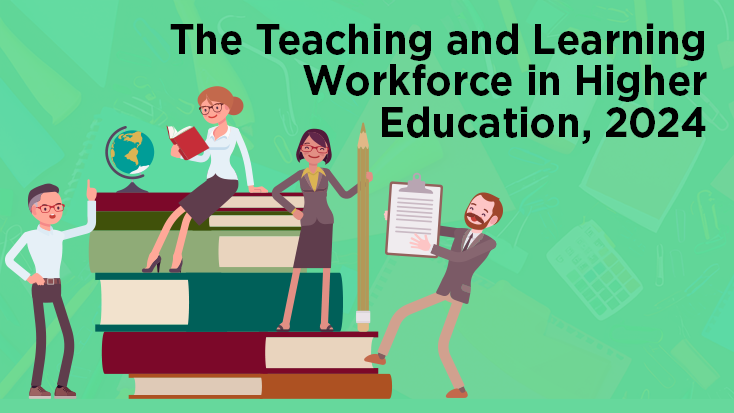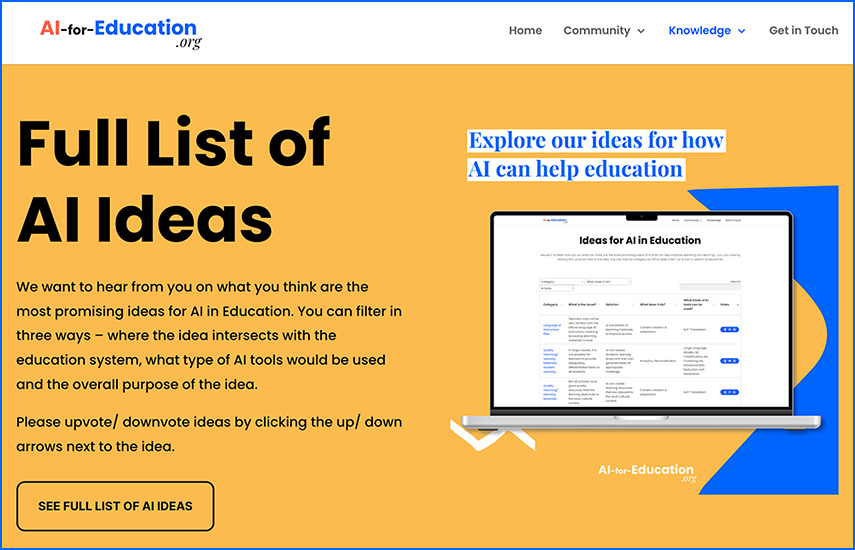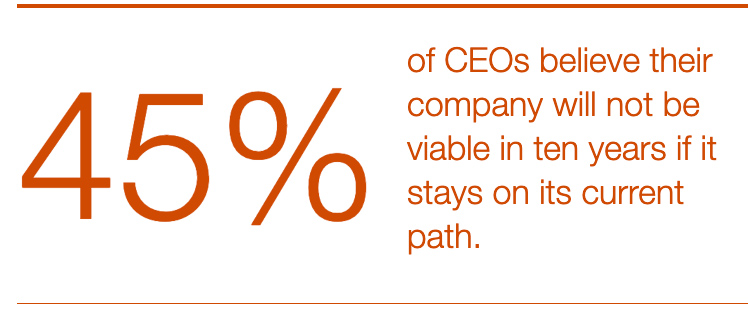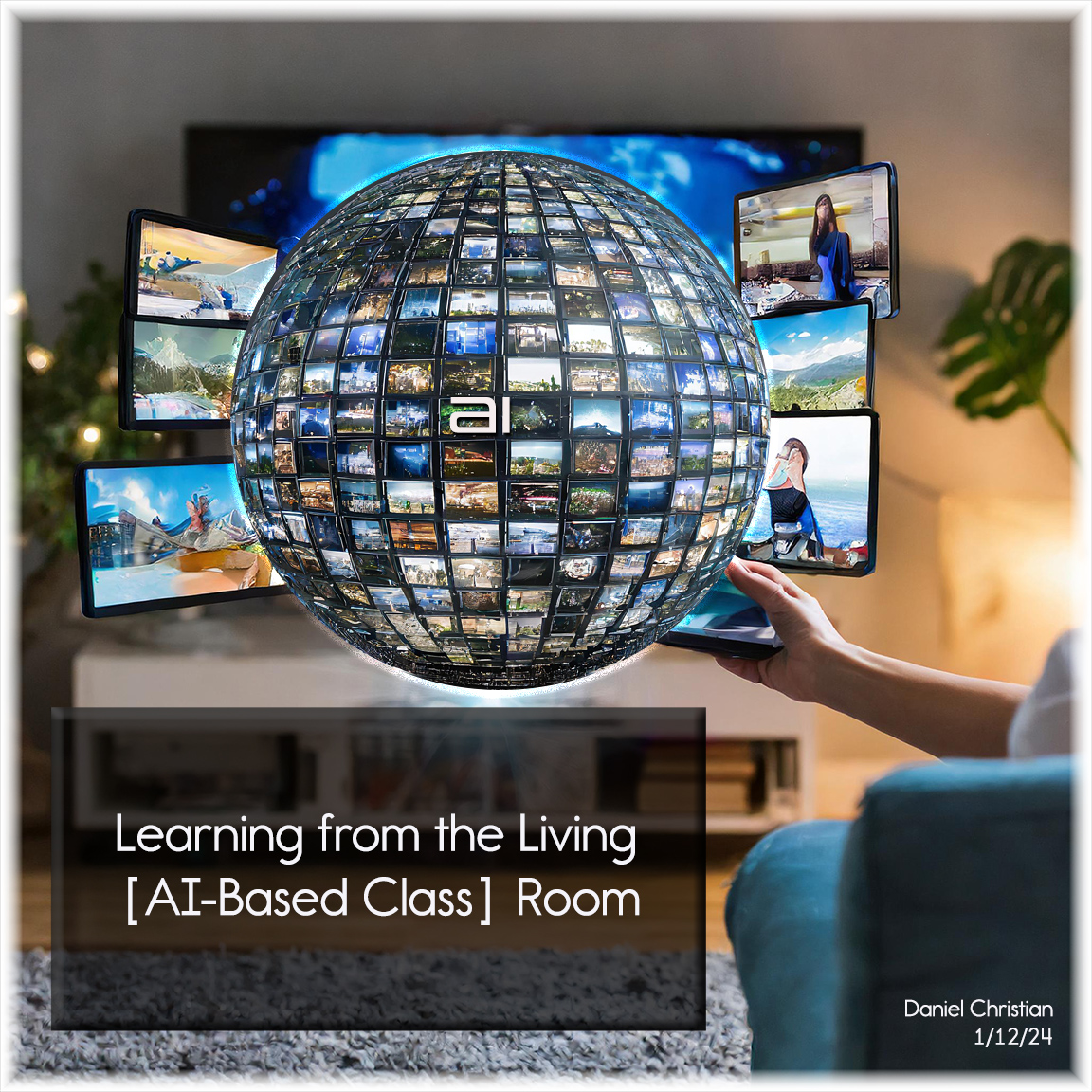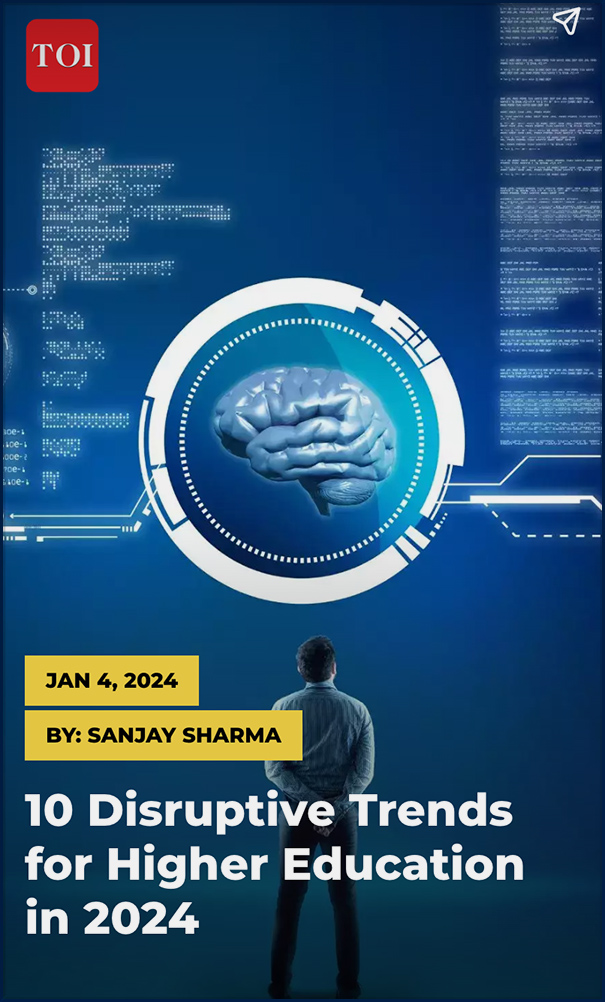Healthcare High Schools — from the-job.beehiiv.com by Paul Fain
Bloomberg and hospitals back dual-enrollment path from K-12 to high-demand jobs.
More career exploration in high school is needed to help Americans make better-informed choices about their education and job options, experts agree. And serious, employer-backed efforts to tighten connections between school and work are likely to emerge first in healthcare, given the industry’s severe staffing woes.
A new $250M investment by Bloomberg Philanthropies could be an important step in this direction. The money will seed the creation of healthcare-focused high schools in 10 U.S. locations, with a plan to enroll 6K students who will graduate directly from the early-college high schools into high-demand healthcare jobs that pay family-sustaining wages.
Microschools Take Center Stage with New Opportunities for Learning for 2024 — from the74million.org by Andrew Campanella
Campanella: More than 27,000 schools and organizations are celebrating National School Choice Week. Yours can, too
Last year, the landscape of K-12 education transformed as a record-breaking 20 states expanded school choice options. However, that is not the only school choice story to come out of 2023. As the nation steps into 2024, a fresh emphasis on innovation has emerged, along with new options for families. This is particularly true within the realm of microschooling.
Microschooling is an education model that is small by design — typically with 15 or fewer students of varying ages per class. It fosters a personalized and community-centric approach to learning that is especially effective in addressing the unique educational needs of diverse student populations. Programs like Education Savings Accounts are helping to fuel these microschools.
My Students Can’t Meet Academic Standards Because the School Model No Longer Fits Them — from edsurge.com by Sachin Pandya
Large classes create more distractions for students who struggle to focus, and they inevitably get less attention and support as there are more students for teachers to work with. High numbers of students make it more difficult to plan for individual needs and force teachers to teach to an imaginary middle. A rigid schedule makes it easy to schedule adults and services, but it is a challenge for kids who need time to get engaged and prefer to keep working at a challenge once they are locked in.
…
Now that I know what can engage and motivate these students, I can imagine creating more opportunities that allow them to harness their talents and grow their skills and knowledge. But we’re already a third of the way through the school year, and my curriculum requires me to teach certain topics for certain lengths of time, which doesn’t leave room for many of the types of experiences these kids need. Soon, June will come and I’ll pass them along to the next teacher, who won’t know what I know and will need another four months to learn it, wasting valuable time in these students’ educations.
From DSC:
We need teachers and professors to be able to contribute to learners’ records. Each student can review and decide whether they want to allow access to other teachers– or even to employers. Educators could insert what they’ve found to work with a particular student, what passions/interests that student has, or what to avoid (if possible). For example, has this student undergone some trauma, and therefore trauma-informed teaching should be employed.
IEPs could be a part of learners’ records/profiles. The teams working on implementing these IEP’s could share important, searchable information.
The State of Washington Embraces AI for Public Schools — from synthedia.substack.com by Bret Kinsella; via Tom Barrett
Educational institutions may be warming up to generative AI
Washington state issued new guidelines for K-12 public schools last week based on the principle of “embracing a human-centered approach to AI,” which also embraces the use of AI in the education process. The state’s Superintendent of Public Instruction, Chris Reykdal, commented in a letter accompanying the new guidelines:









